Yawng Htang captures the latest struggles facing civilians who fled recent fighting between the Kachin Independence Army and Myanmar military.
Captions translated by Hpan Ja Brang; additional text by Emily Fishbein.
On August 19, the Kachin Independence Army and allied People’s Defense Forces captured the last remaining military base in Momauk township, Kachin State. The advance followed nearly a month of intense fighting, and brought the KIA’s area of control within less than ten miles of Kachin State’s second-largest city of Bhamo.
The Myanmar military has since attacked Momauk town and nearby areas by air and artillery fire, destroying more than 100 homes and displacing some 3,000 people according to Radio Free Asia.
Yawng Htang visited affected areas in late August to document the damage and the experiences of the displaced.
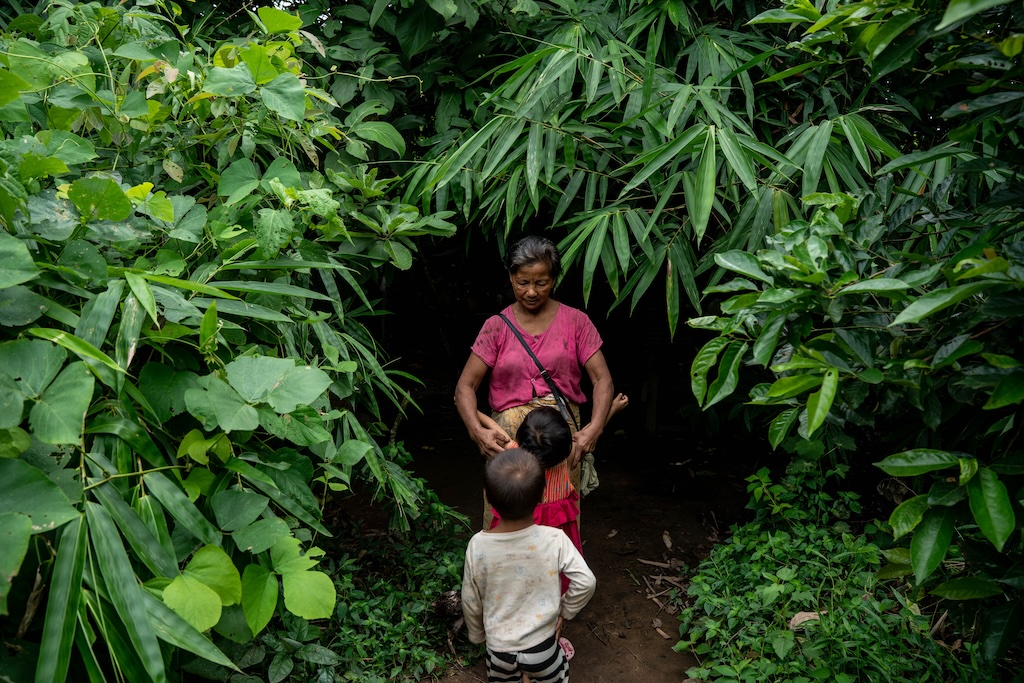
Even before the recent conflict, people in Momauk township were struggling from the impacts of prolonged war and underdevelopment. The township, located just south of the KIA headquarters of Laiza, also endured heavy fighting between the military and KIA following the collapse of a seventeen-year ceasefire in 2011, forcing thousands from their homes. As of 2020, more than 100,000 people remained internally displaced across Kachin and northern Shan State, including around 25,000 people in Momauk township, according to the United Nations.
Fighting has intensified in Kachin State since the 2021 military coup and particularly since the launch of a new KIA offensive in March of this year, leading to the displacement of a further 80,000 civilians across 11 of Kachin State’s 18 townships as of July.
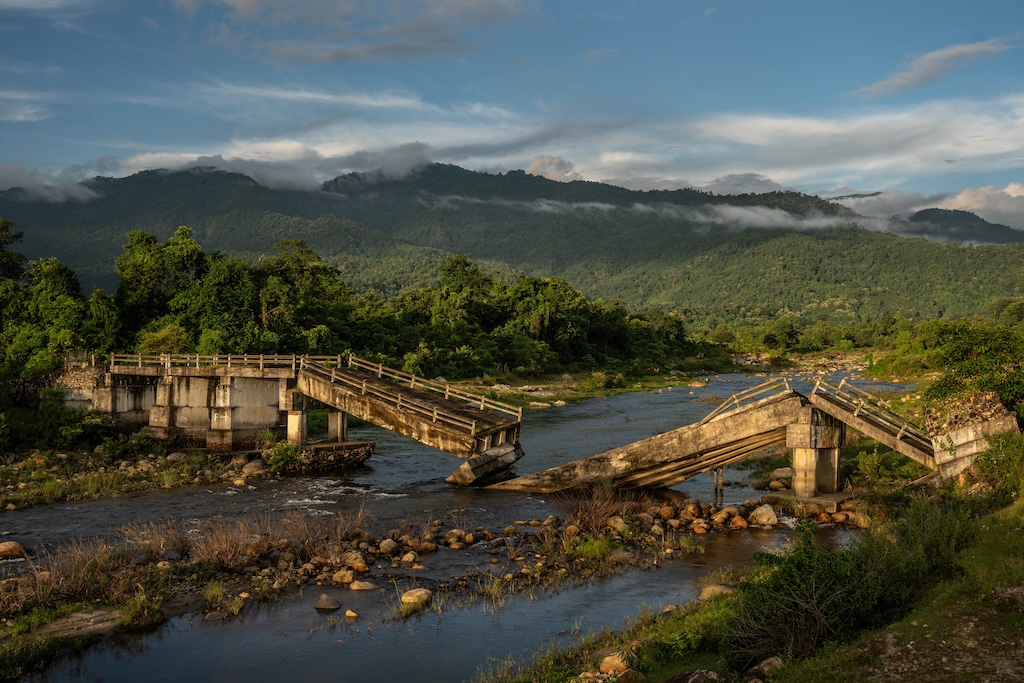
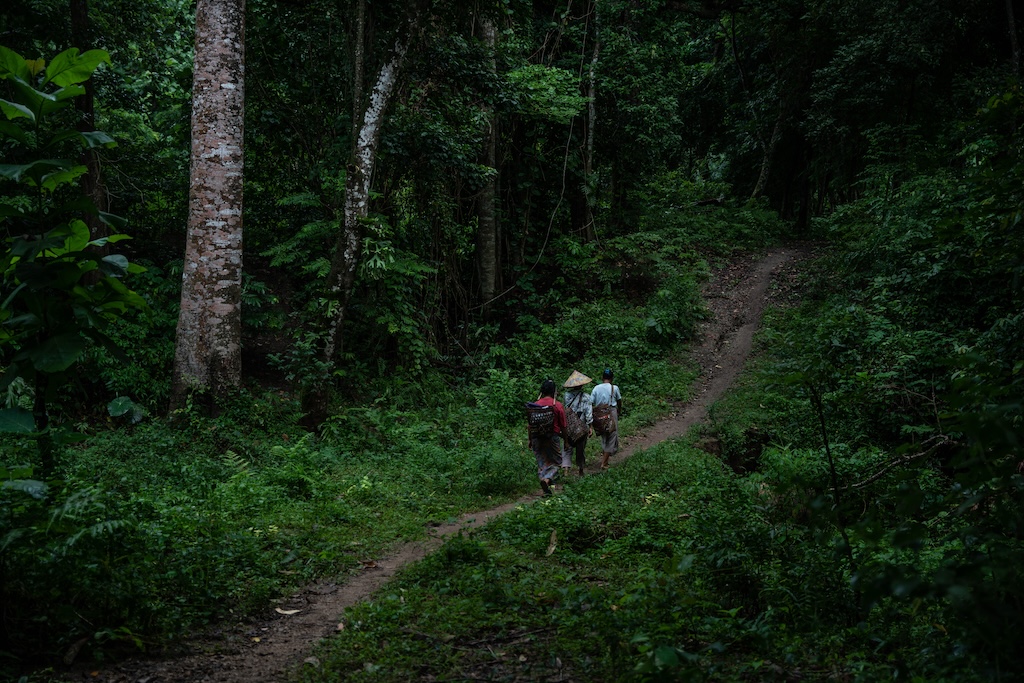
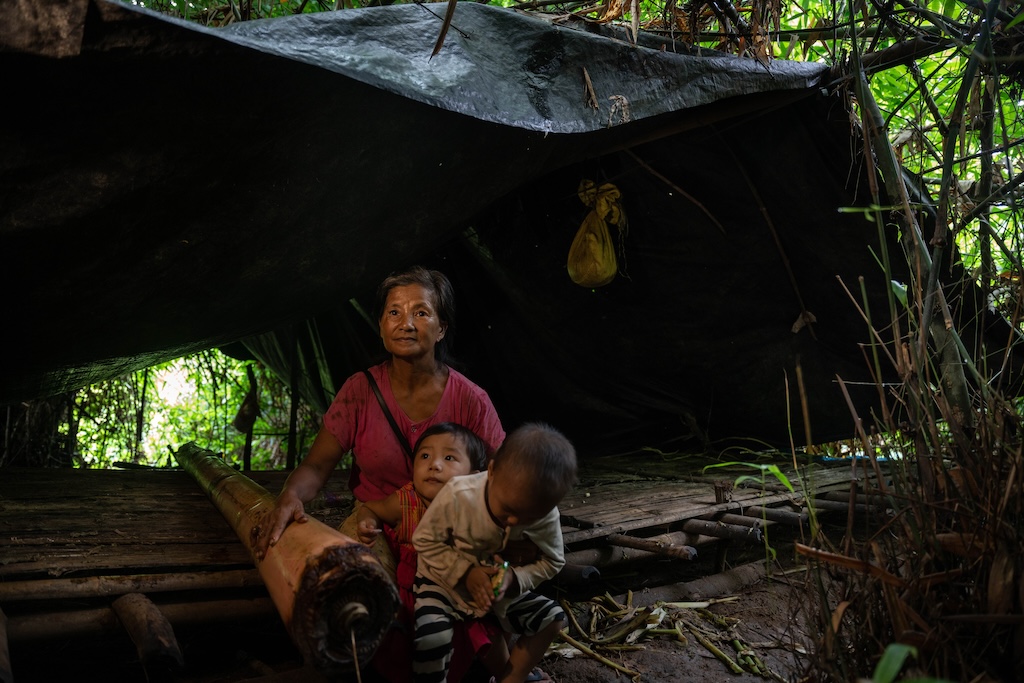
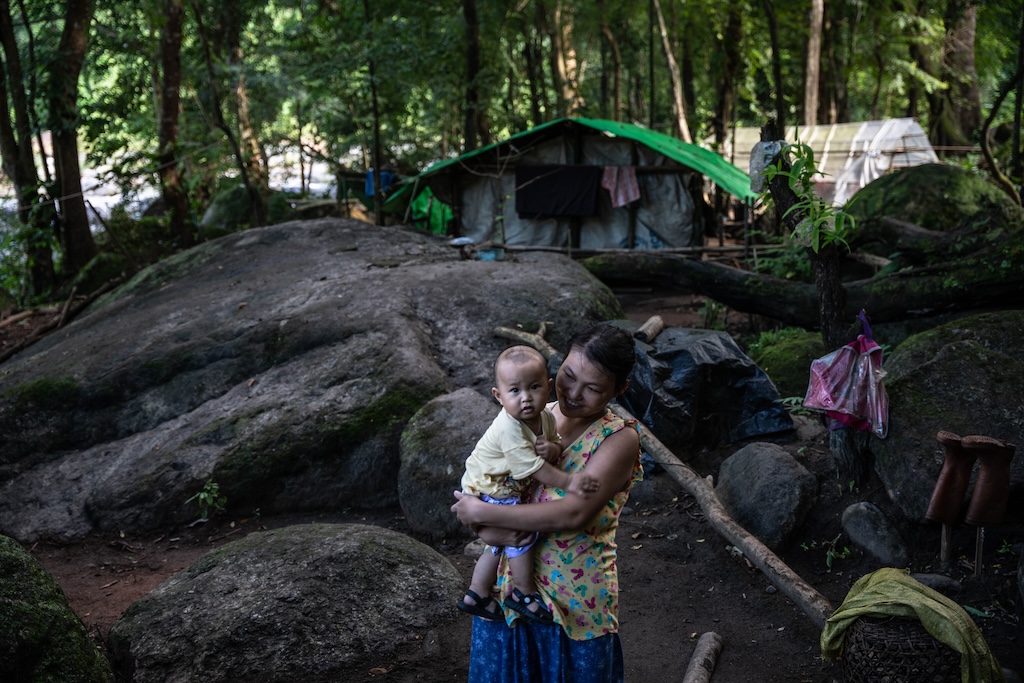
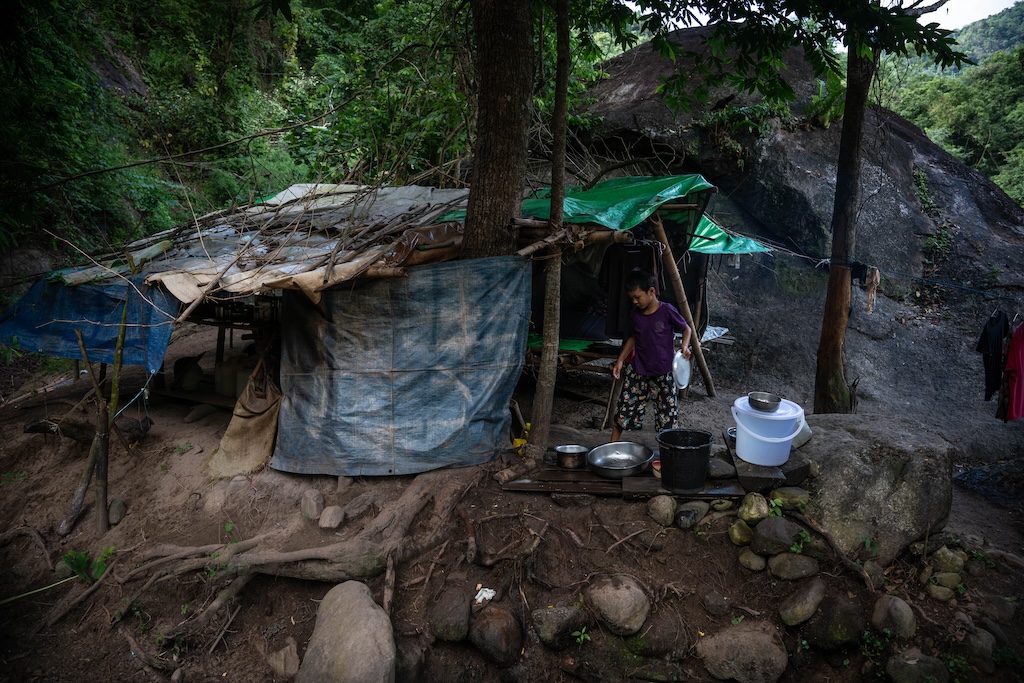
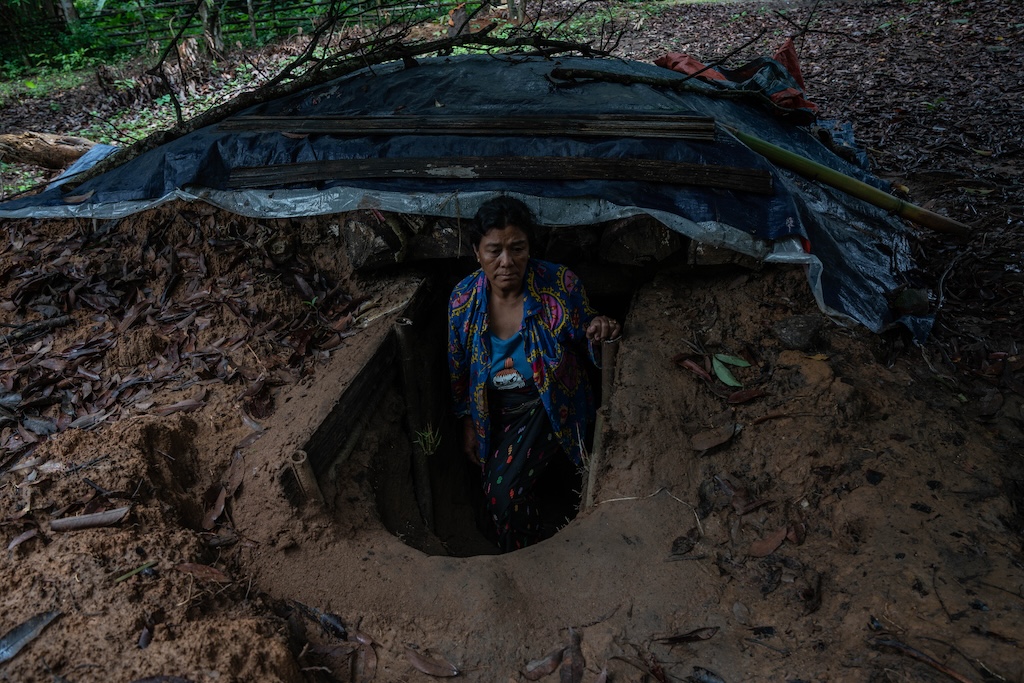
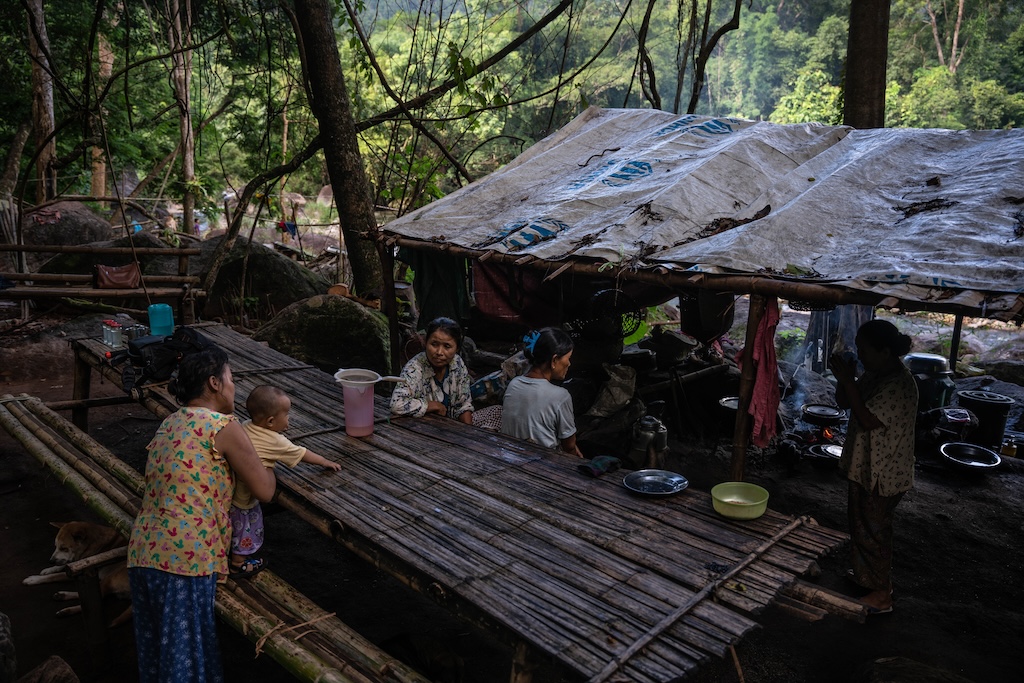
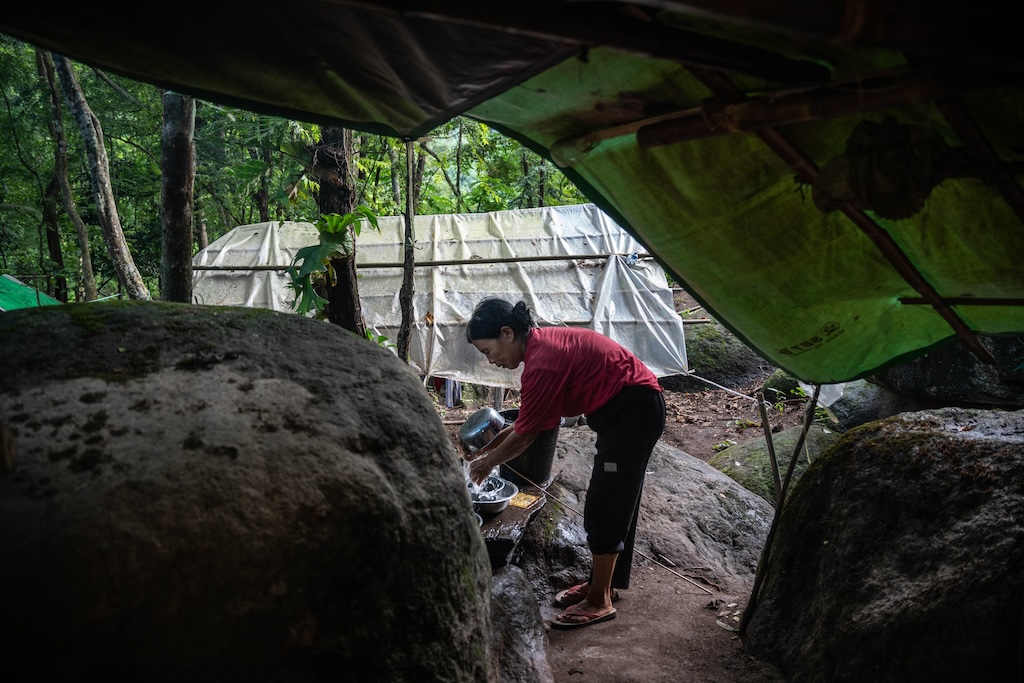
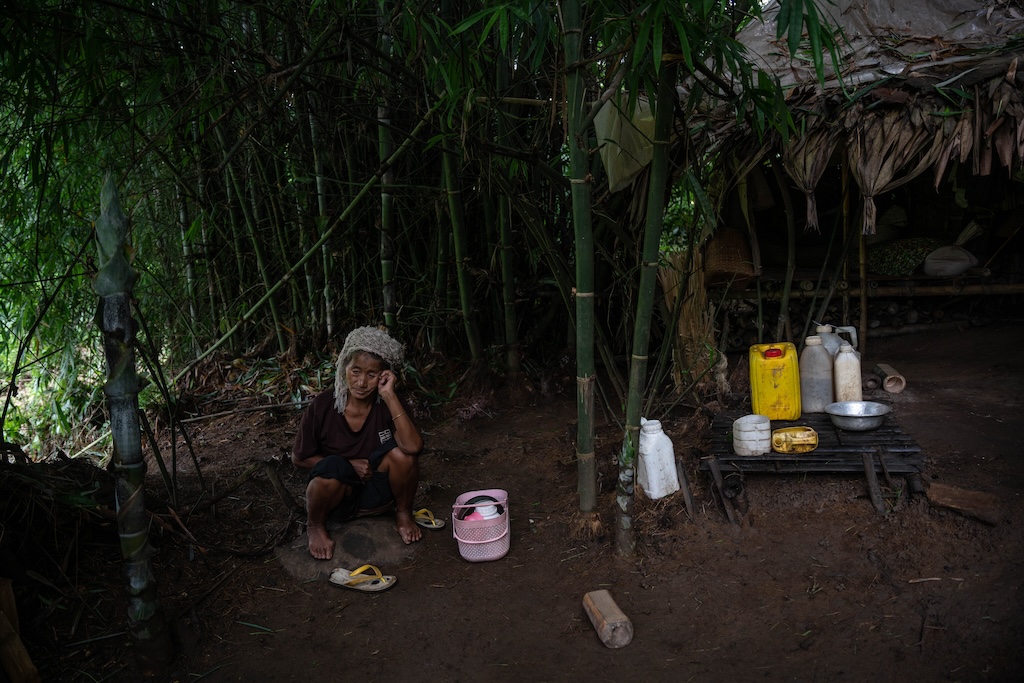
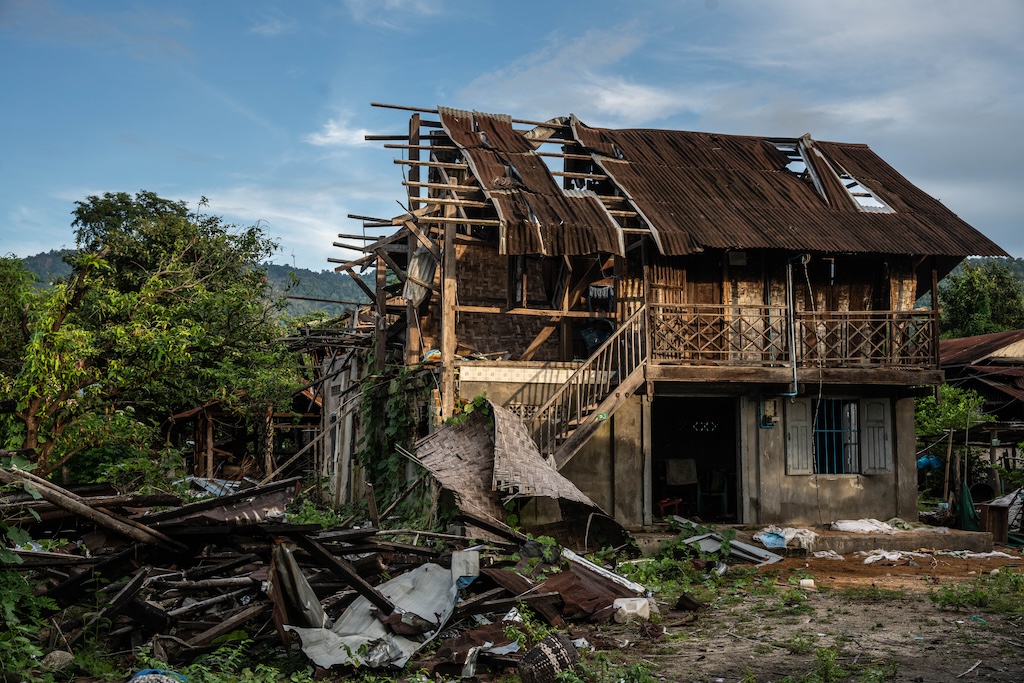
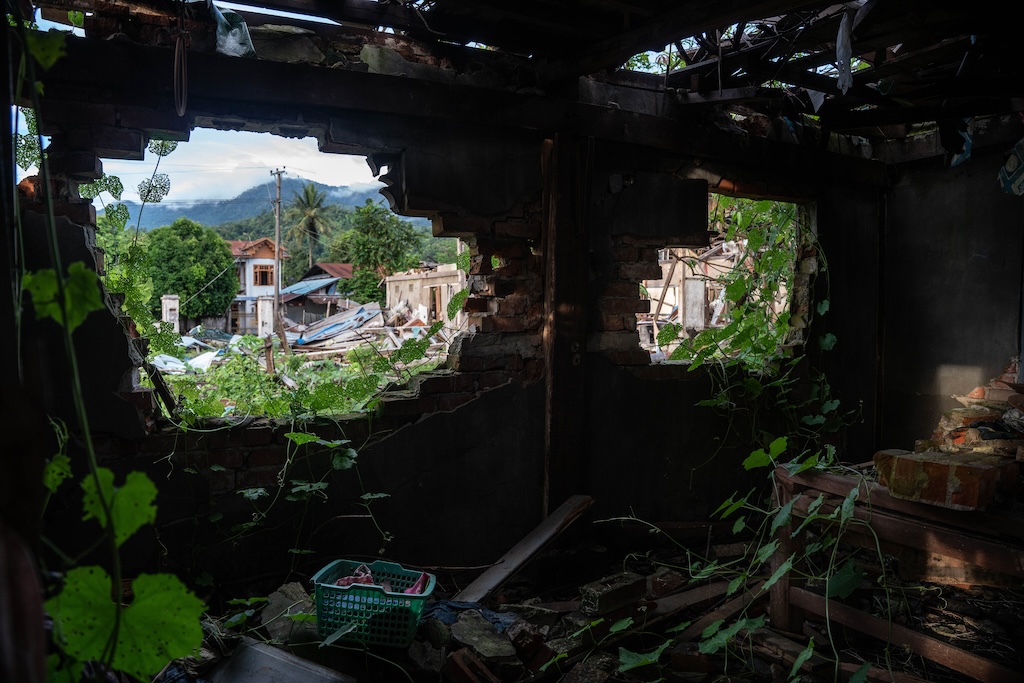
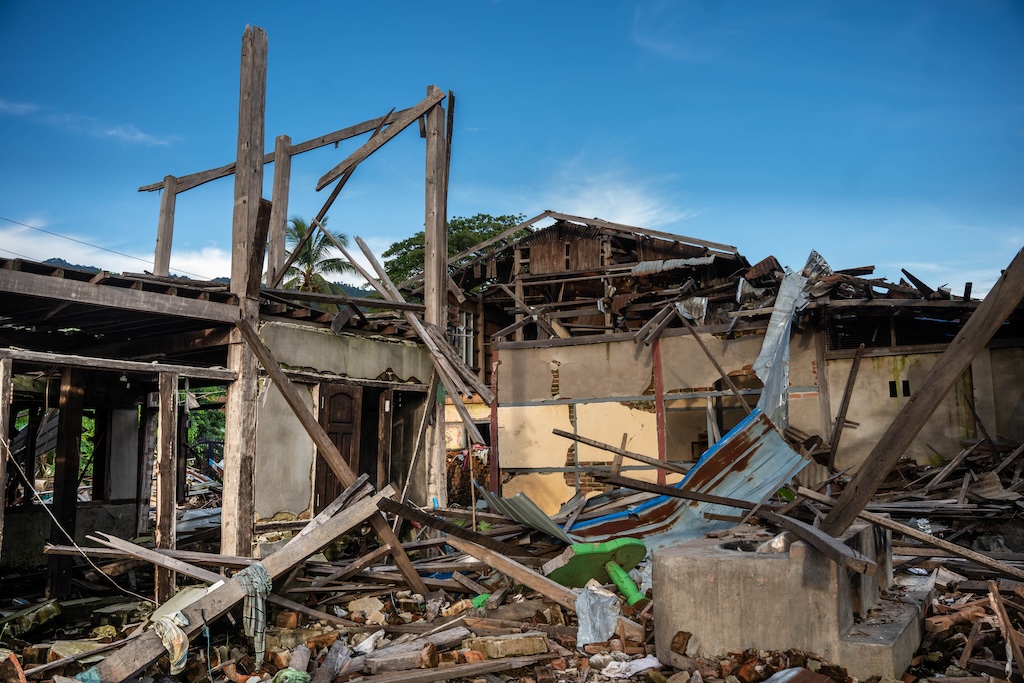
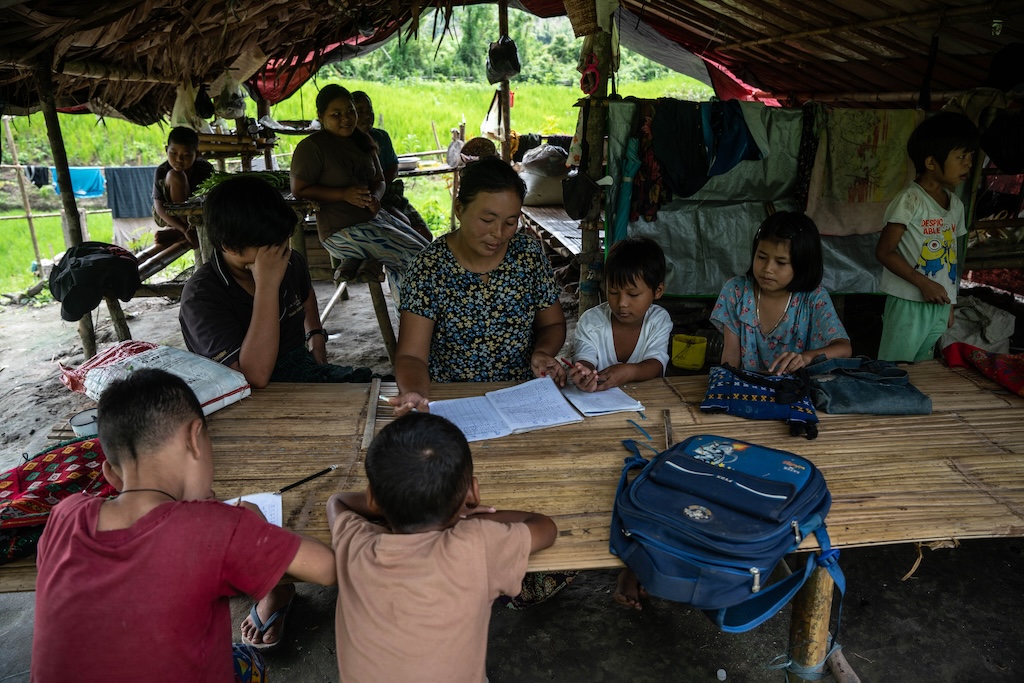
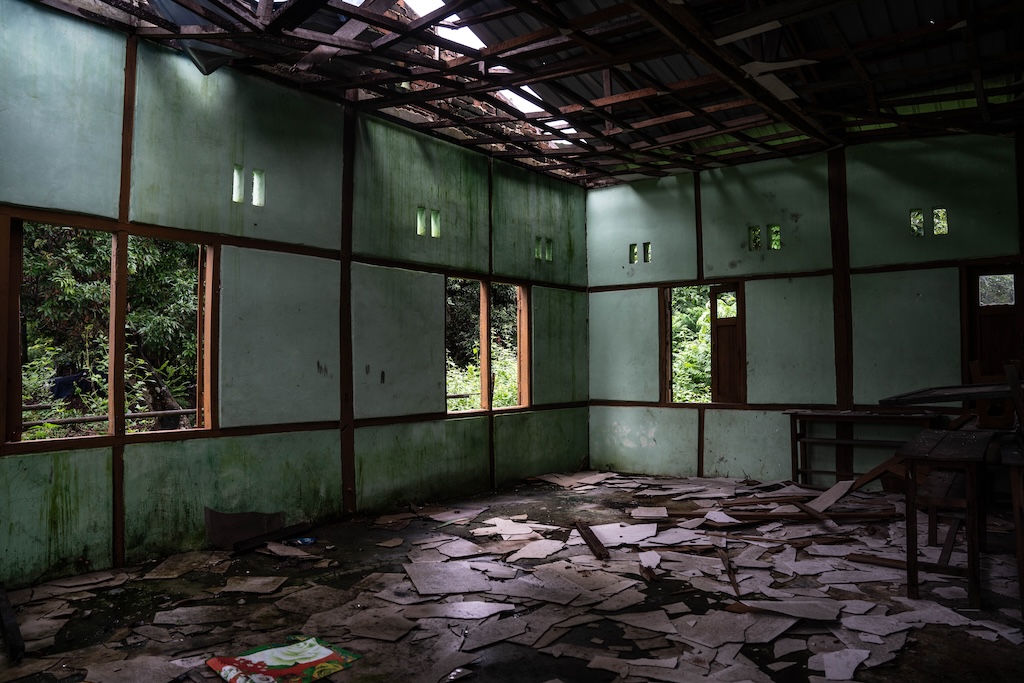
Yawng Htang is a multimedia journalist based on the Kachin State-China border. He runs the media desk at the Relief Action Network For IDPs & Refugees (RANIR). His work focuses on humanitarian, social and environmental issues affecting Kachin people.
Hpan Ja Brang is a social justice activist from Kachin state, Myanmar. He is also a freelance researcher who supports human rights, social justice, and peace.
Emily Fishbein is an independent journalist and researcher who focuses on underreported issues related to Myanmar using a collaborative approach.
Like This Article
September 11, 2024
June 10, 2024